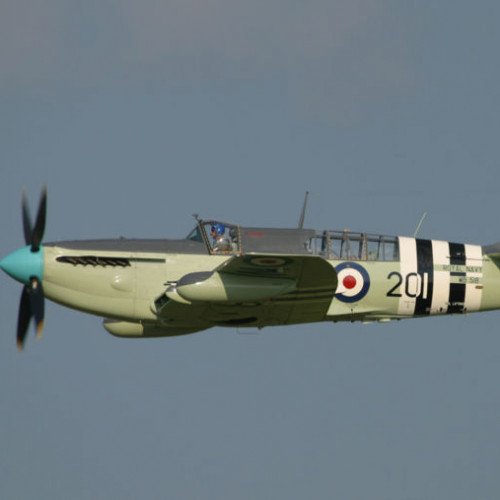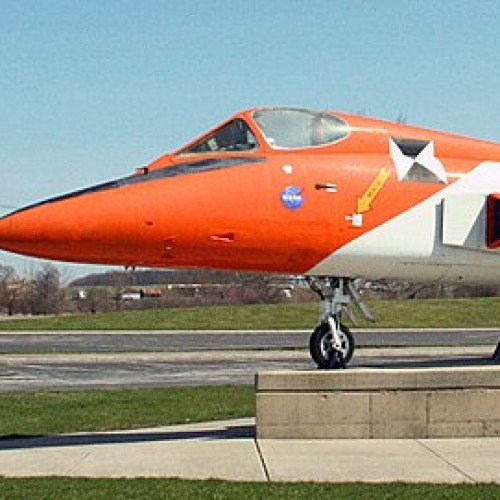Fairey Firefly vs Douglas F5D Skylancer

Fairey Firefly
The Fairey Firefly was a Second World War-era carrier-borne fighter aircraft and anti-submarine aircraft principally operated by the Fleet Air Arm (FAA). It was developed and built by the British aircraft manufacturer Fairey Aviation Company. Development of the Firefly can be traced back to pair of specifications issued by the British Air Ministry in 1938, calling for new naval fighter designs. Designed to the contemporary FAA concept of a two-seat fleet reconnaissance/fighter, the pilot and observer were positioned at separate stations. In flight, the Firefly was superior in terms of both performance and firepower to its predecessor, the Fairey Fulmar. Due to a protracted development, the type only entered operational service towards the end of the conflict, at which point it was no longer competitive as a fighter. The limitations of a single engine in a relatively heavy airframe reduced its performance, but the Firefly proved to be a fairly sturdy, long-ranged, and docile aircraft during carrier operations. The Fairey Firefly served in the Second World War as a fleet fighter. During the post-war era, it was soon superseded in the fighter role by the arrival of more modern jet aircraft, thus the Firefly was adapted to perform in other roles, including strike operations and anti-submarine warfare. In these capacities, it remained a mainstay of the FAA until the mid-1950s. Both British and Australian Fireflies routinely performed ground–attack operations from various aircraft carriers during the Korean War. In foreign service, the type was in operation with the naval air arms of Australia, Canada, India and the Netherlands. As late as 1962, Dutch Fireflies were used to carry out attack sorties against Indonesian infiltrators in Dutch New Guinea. Its final uses were in various secondary roles, such as trainers, target tugs and drone aircraft.
Statistics for this Xoptio

Douglas F5D Skylancer
The Douglas F5D Skylancer is a development of the F4D Skyray jet fighter for the United States Navy. Starting out as the F4D-2N, an all-weather version of the Skyray, the design was soon modified to take full advantage of the extra thrust of the Pratt & Whitney J57 eventually fitted to the Skyray instead of the Westinghouse J40 originally planned.